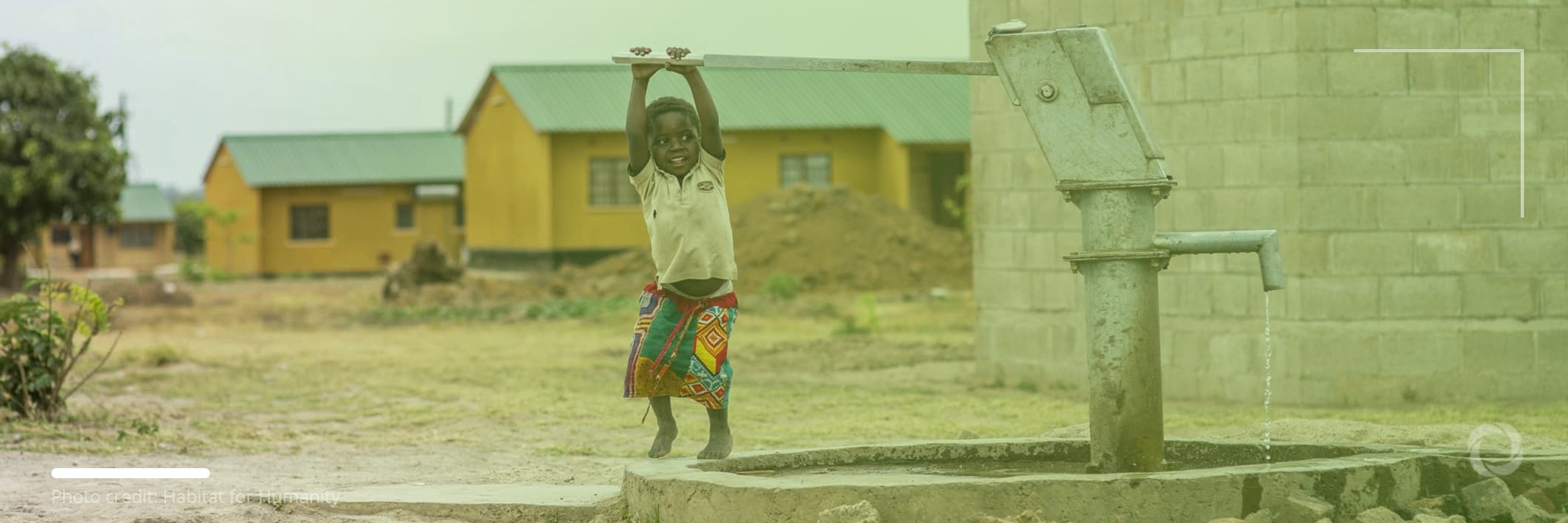Access to sufficient and safe water is a basic right enshrined in South Africa’s Constitution. So much so that the government’s stated intention is to provide indigent households with free water of “at least a basic amount of 6 kl (6 000 l) of water per month per household”.
The country has nationalised the UN’s Sustainable Development Goal 6 which focuses on ensuring the availability and sustainable management of water and sanitation for all by incorporating this into the existing programs of the Department of Water and Sanitation.
However, South Africa is a water-scarce country and is facing a challenge in the delivery of water and sanitation services caused by insufficient water infrastructure maintenance and investment, recurring droughts, unequal access, and deteriorating water quality. In addition, the country acknowledges that there is a lack of skilled water engineers, scientists, hydrologists, geo-hydrologists, and resource economists.
With an estimated population of 60.14 million at mid-2021, the access to water is further compounded by ever-increasing migration to cities and peri-urban areas and the impact of climate change, the government has noted.
According to Stats SA’s General Household Survey 2019, the percentage of households with access to an improved source of water increased by less than four percentage points between 2002 and 2018 (84.4% to 88.2%).
An estimated 44.9% of households had access to piped water in their dwellings in 2019, with 28.5% accessing water on site, 12.2% relying on communal taps, 2.5% on neighbours’ taps, and 3.1% of households still having to fetch water from rivers, streams, dams, wells, and springs.
Source: Stats SA
In terms of sanitation facilities, a 2020 working paper by the South African non-profit research institution, Trade & Industrial Policy Strategies (TIPS), showed that:
- Just over 13.5 million households (80%) used an improved sanitation facility and about 4.3 million households (25%) had services that were good across all dimensions
- About 3.6 million households (21%) were served but needed some improvement
- About 5.6 million households (33%) were served but were facing significant challenges
- Households with backlogs, using unimproved sanitation facilities amounted to about 2.7 million (16%)
- About 0.4 million (2%) did not have any sanitation facilities
To look into some of the causes of poor wastewater management and water supply services, on 1 April 2022 South Africa issued the reports, Green Drop and Blue Drop, under the aegis of the country’s Water and Sanitation Ministry. These were the first progress reports to be issued after a seven-year break.
The Green Drop audit covered 144 Water Services Authorities (850 systems), 12 Department of Public Works (115 systems), and 5 private and state-owned organisations (30 systems), totalling 995 wastewater networks and treatment facilities.
Overall, the report found:
- 334 (39%) of municipal wastewater systems were identified to be in a critical state in 2021 compared to 248 (29%) in 2013.
- 102 (89%) of the 115 DPW systems were identified to be in a critical state compared to 84% in 2013.
- Of the private systems, 1 plant was identified to be in a critical state.
In terms of the Blue Drop progress report 2022, the national Blue Drop Risk Rating profile for South Africa was as follows:
- 48% of water supply systems are in the low-risk category
- 18% are in the medium risk category
- 23% are in the critical risk category
- 11% are in the high-risk category
In mitigation, the Government, through the Department of Water and Sanitation, has a Water and Sanitation Master Plan which identifies 12 areas for reform to ensure water conservation and management. It is estimated that R900 billion (about US$56 billion) will need to be invested in the water sector over 10 years.

